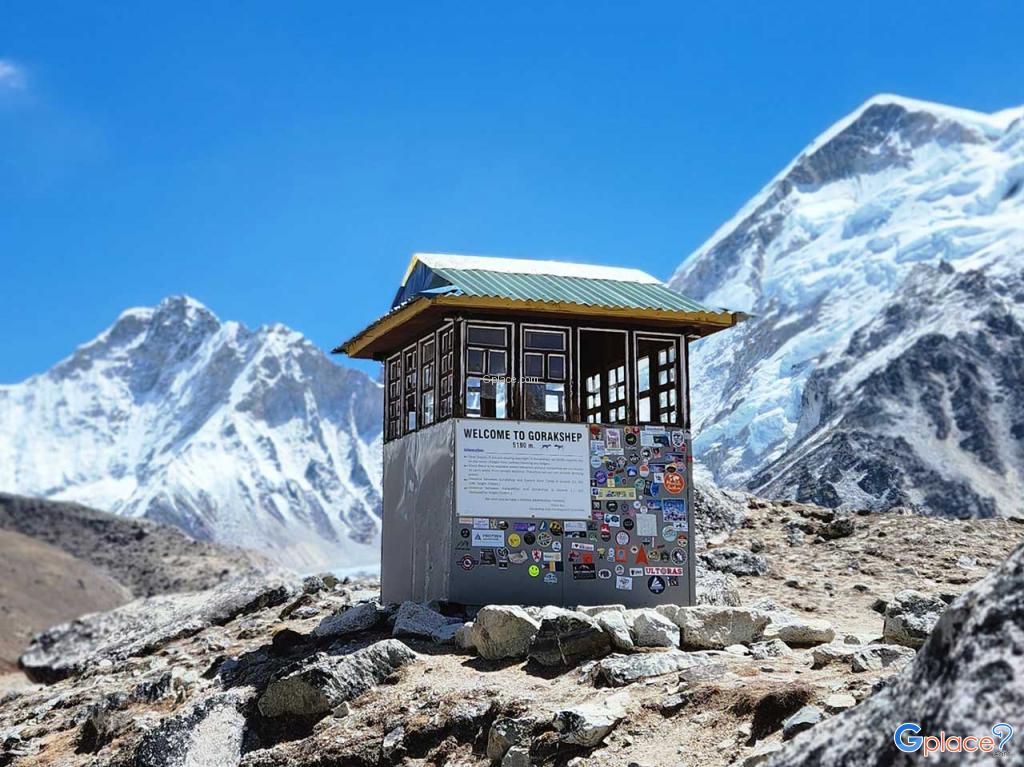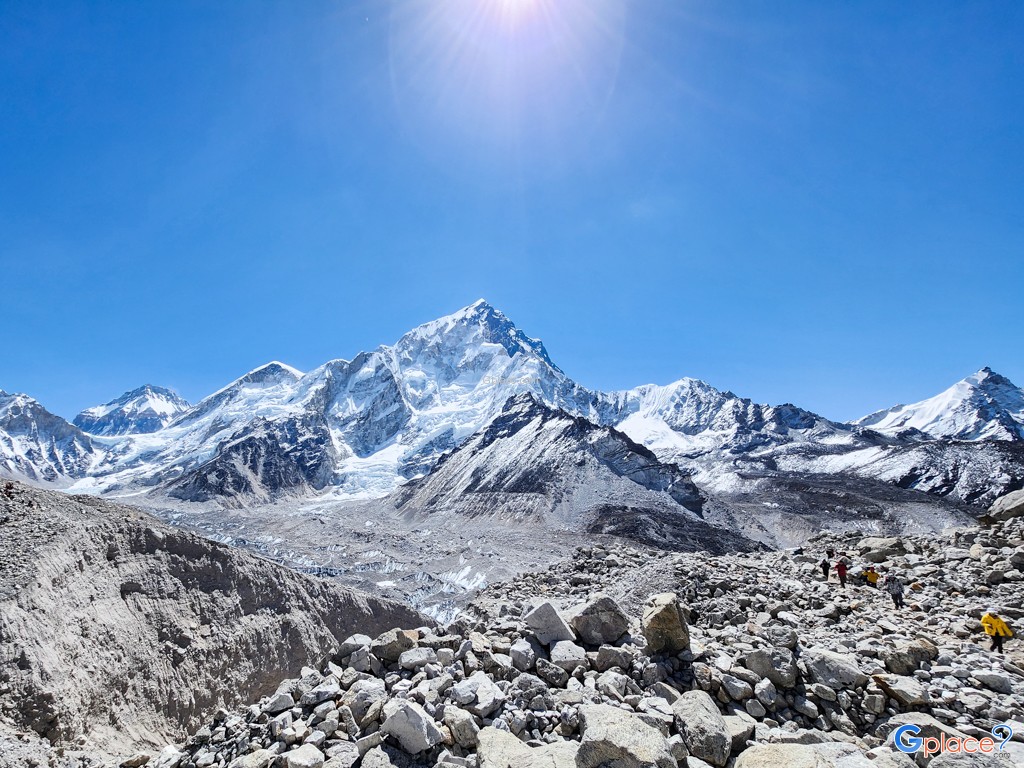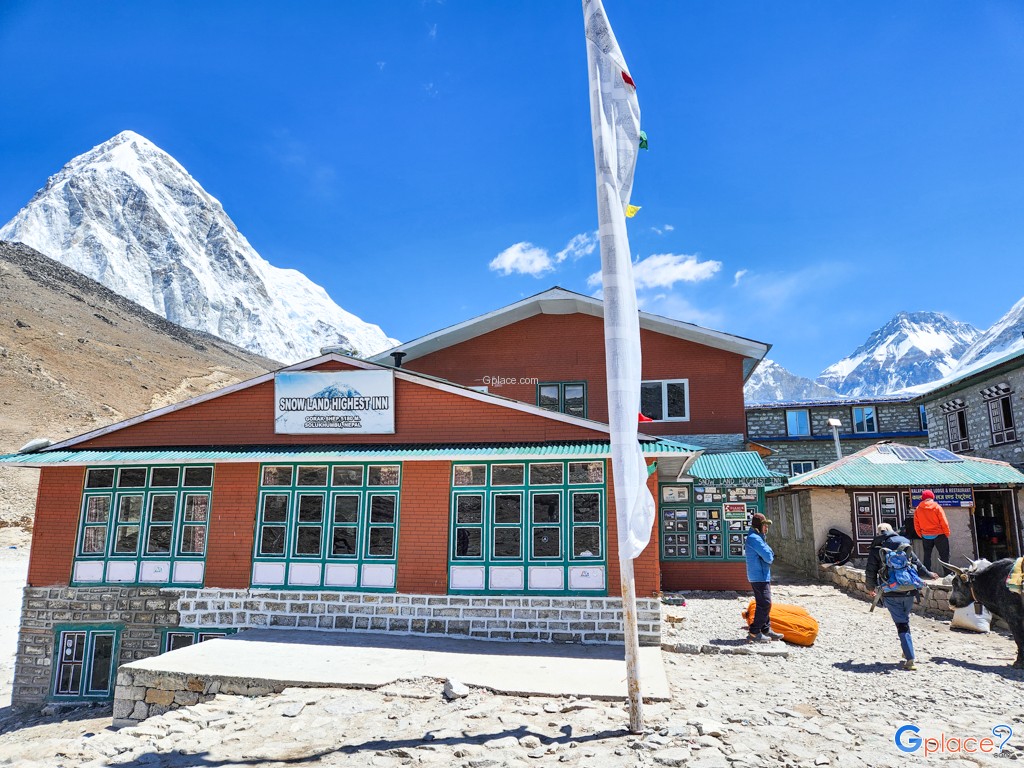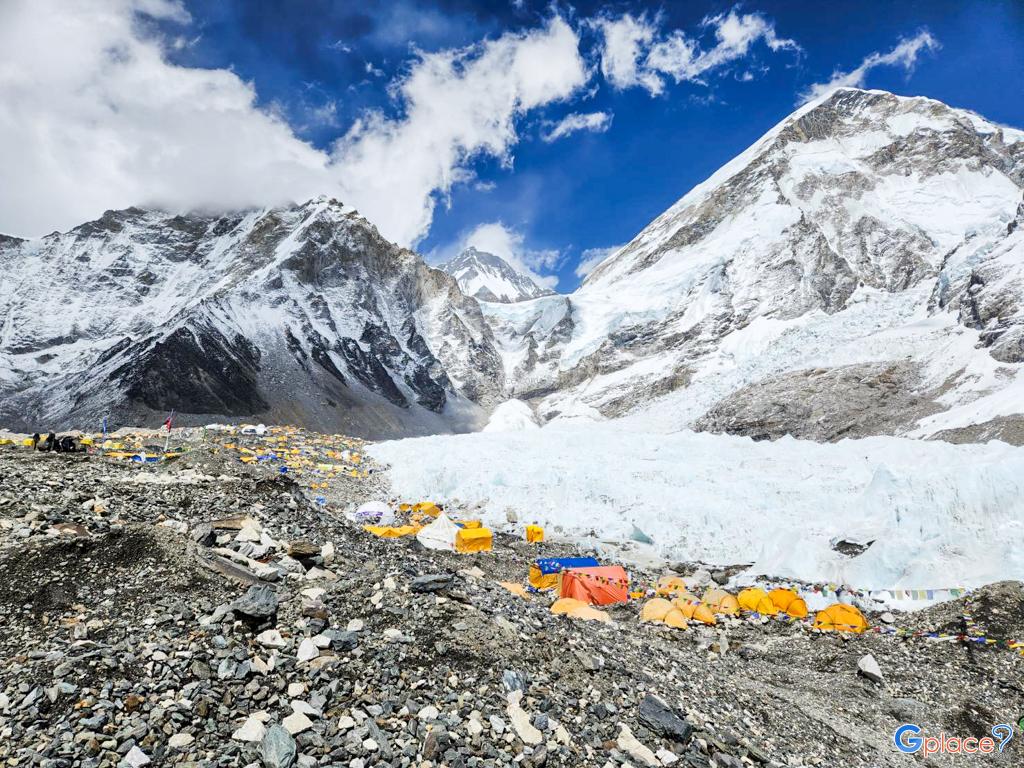“A high-altitude Himalayan village serving as the final stop before Everest Base Camp and a base for ascending Kala Patthar to enjoy stunning mountain vistas.”
Gorakshep is a tiny village situated at an elevation of 5,164 meters on the edge of a glacial lake covered with sand in Nepal near Mount Everest. The village has no permanent year-round residents but functions as the principal overnight stop for trekkers and climbers heading toward Everest Base Camp and Kala Patthar, which stands at 5,545 meters.
Although accommodations in Gorakshep are basic, recent developments have introduced modern amenities such as high-speed satellite internet to serve the growing number of visitors. However, prices for goods and services are relatively high due to the necessity of transporting all supplies by helicopter.
Trekking groups use Gorakshep as a critical base to rest and acclimatize before visiting Everest Base Camp or hiking Kala Patthar—the latter is the most popular viewpoint in the region, offering breathtaking, close-up views of Everest, Lhotse, and Pumori.
The surroundings of Gorakshep consist of snowfields, rocky terrain, and cold winds. Many visitors come here to witness unforgettable sunrises and sunsets from Kala Patthar, which is considered one of the highlights of the trekking route.
The journey to Gorakshep begins in Namche Bazaar and continues through villages such as Tengboche, Dingboche, and Lobuche, typically taking about 7–8 days from Lukla Airport.
Visitors should prepare well for the harsh weather and high altitude by booking accommodation in advance during peak seasons and bringing adequate cold-weather gear and high-energy food supplies.
How to Get There
-
Trek on foot from Namche Bazaar via Tengboche, Dingboche, and Lobuche to Gorakshep.
-
Typically accessed after a 7–8 day trek starting from Lukla Airport.
Travel Tips
-
Book lodgings in advance, especially during the trekking seasons.
-
Dress warmly and carry high-energy snacks.
-
Hike up Kala Patthar early in the morning for the best sunrise views.
-
Be vigilant about altitude sickness and rest adequately.
Admission Fee:
- No direct entry fee, but TIMS permits and Sagarmatha National Park permits are required.
Opening Time:
- Open year-round; best visited during spring (March–May) and autumn (September–November).

































